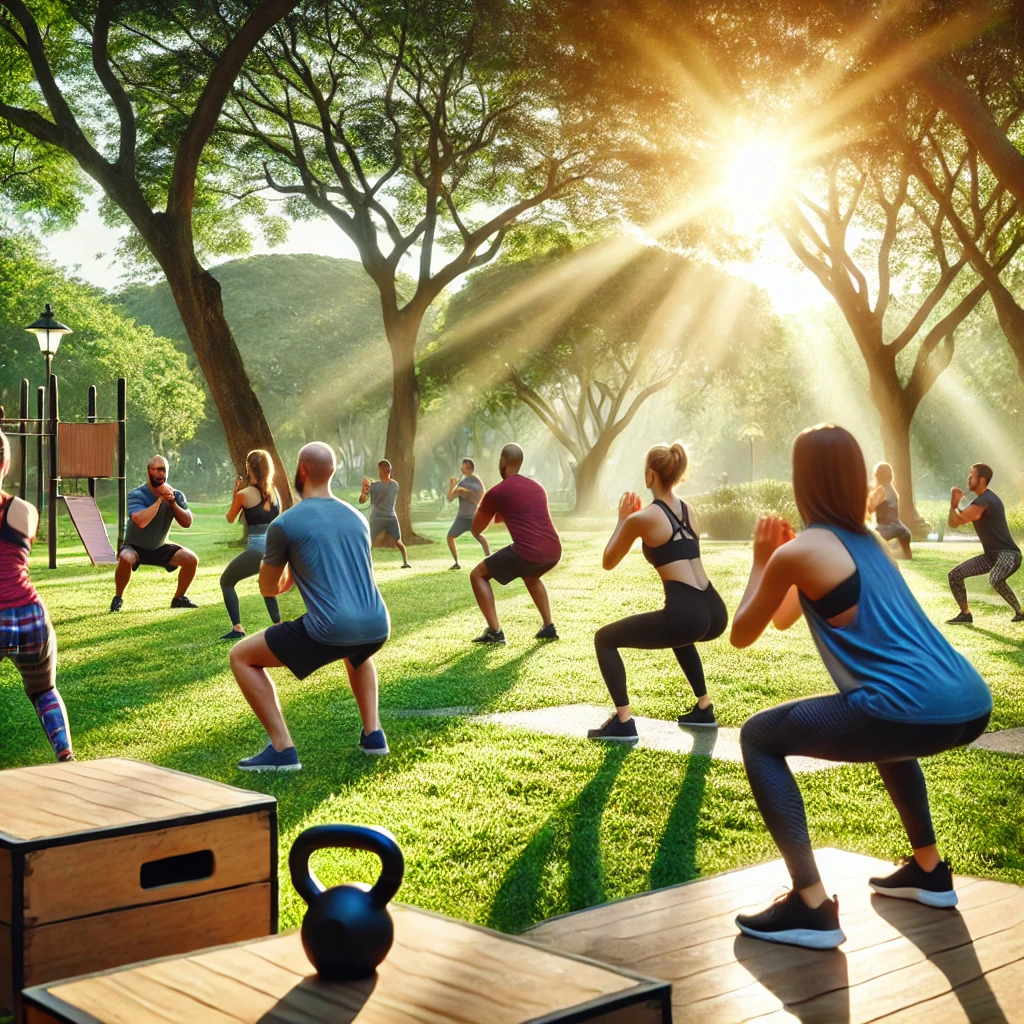Beginner’s Guide to Starting Home Workouts
A home workout is a great way to stay physically active, save time and achieve your fitness goals at the same time. Whether you want to build muscle mass, improve your cardiovascular system or just become more flexible, a well-structured workout at home can do it all. In this guide, you’ll learn how to successfully start a home workout routine.
Benefits of working out at home
Working out at home has numerous benefits. It doesn’t require expensive gym memberships and saves you the trip there. Plus, you can flexibly fit your workouts into your daily routine. The choice of the type of workout is also completely up to you, so you can do exactly what you enjoy.
The right preparation
– Set a training goal
Before you start, you should define a clear goal. Do you want to lose weight, build muscle or improve your general fitness? Your goal will determine the type of exercises you do and the intensity of your workout.
– Create a fixed training plan
A training plan will help you stay motivated and make progress. For example, plan three to four training sessions per week. Each day can be dedicated to a specific focus, such as strength training, endurance or flexibility.
– Consider equipment
Depending on your goal, you can decide whether you need additional equipment such as dumbbells, resistance bands or a yoga mat. Alternatively, many exercises can also be performed using only your own body weight.


Warm up
An effective warm-up program is essential to prevent injuries and prepare your body for the strain. Light cardio exercises such as rope skipping, jumping jacks or knee lifts for 5 to 10 minutes are good for getting your circulation going.
Example exercises for beginners
Strength training:
• Squats: Promotes the leg and core muscles.
• Push-ups: Strengthens the chest, arms and shoulders.
• Plank: A translation for the entire body muscles.
Cardio exercises:
• Mountain climbers: A dynamic movement that challenges the cardiovascular system.
• Jumping jacks: Simple and effective for increasing your heart rate.
Flexibility exercises:
• Cat-cow stretch: Ideal for mobilizing the spine.
• Forward bend: Promotes mobility in the back and leg muscles.
Cool down and regeneration
After training, a cool down is important to bring the body back to a resting state. Light stretching exercises and breathing exercises can help reduce muscle soreness and improve flexibility.
Don’t forget the importance of regeneration either. Give your body enough rest between training sessions to recover and get stronger.
Maintain motivation
To stay on track in the long term, set achievable intermediate goals and reward yourself for your progress. Vary your workouts to avoid boredom and remind yourself that small steps can add up to big changes.
A home workout is a flexible and effective way to improve your fitness and feel good physically and mentally. With clear goals, a structured plan and a little discipline, you can achieve impressive results in your own home. Start today – your body will thank you!





